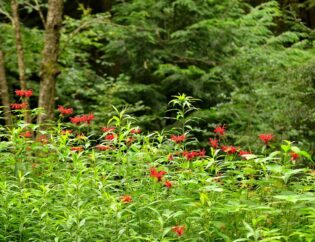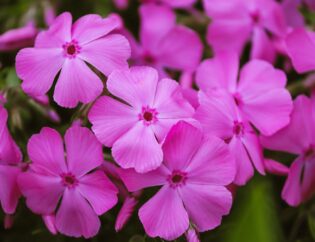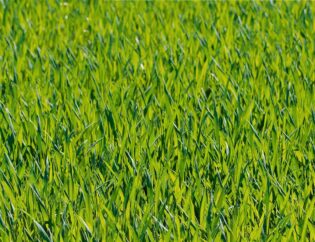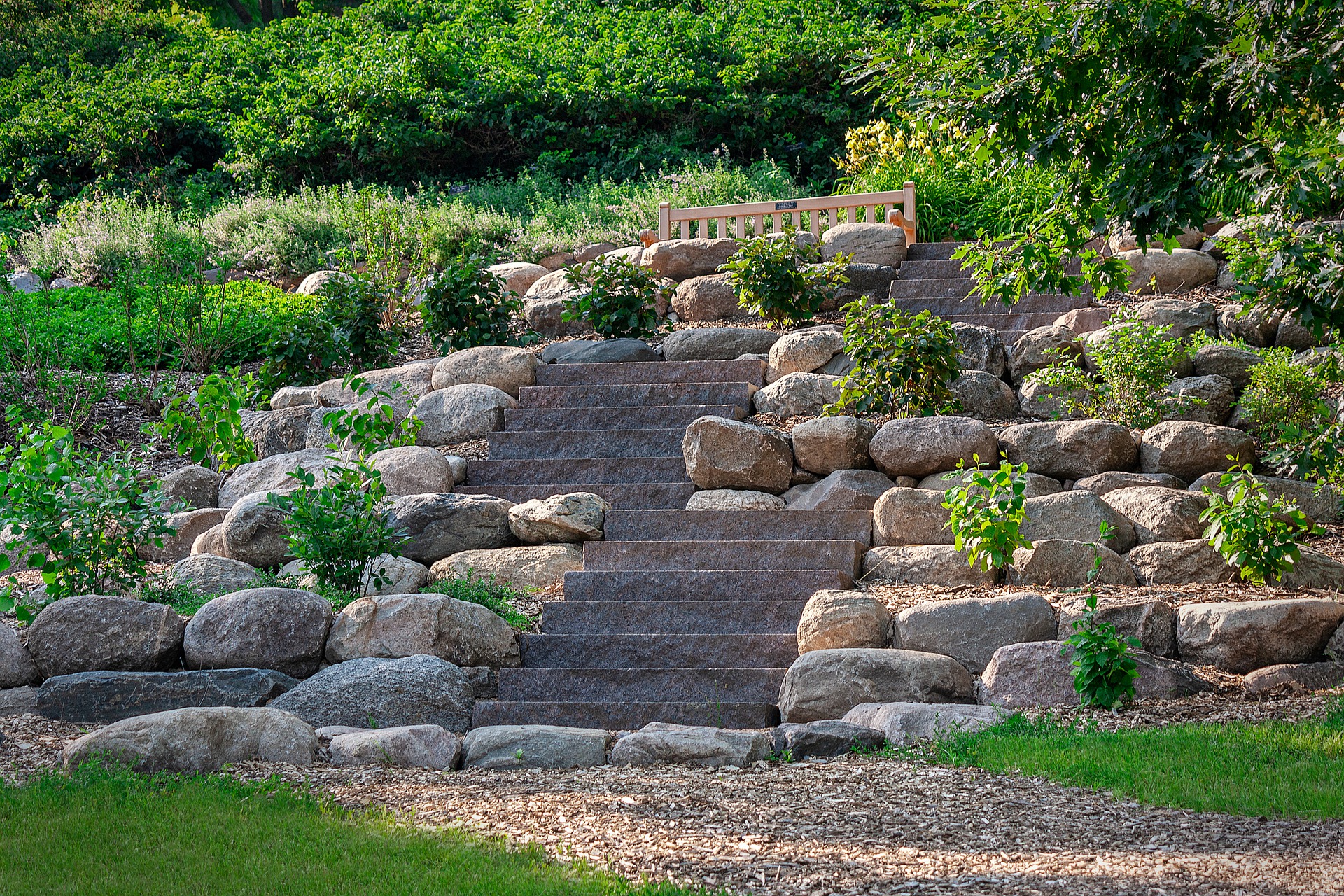
Learning how to landscape a slope and then doing it can be a lot of work. Is it worth the effort?
In many cases, yes! Landscaping a slope is about more than just aesthetics. Properly landscaped slopes help to provide erosion control, regulate moisture absorption and drainage, and slow irrigation water runoff.
In addition, a landscaped slope can create more usable space for kids to play, gardens, or a nice lawn. They also improve the overall landscape design of a sloped yard. Read on for our 10 ideas on how to landscape a slope.
1. Use Terraces and Tiers

Cutting flat terraces and tiers into the slope is a fantastic way to create more garden space. The levels naturally break up the area and separate each garden into its own section. Plan steps into the design to make working the hillside easier.
Rainwater that would have pooled at the base of the slope is contained in the terraces and percolates down into the soil more evenly. Plus, the result is stunning.
2. Add a Beautiful, Focal Point Staircase
On that note, a steep, short slope becomes way more enjoyable with a functional staircase for accessibility. When determining tread length and depth, consider the steepness of the slope and build each step to allow for easy ascent.
Materials like natural stone make the staircase as gorgeous as it is functional. Sandstone, flagstone, and slate are popular choices. For intrepid DIYers, there’s a guide here.
3. Build a Water Feature

Wondering how to landscape a slope to take advantage of an existing steep one? Add a babbling brook or waterfall feature right in the hillside. A short, steep slope is perfect for this project.
Most importantly, don’t forget to include essentials like power, water, and plumbing. Basic design components to include are a physical layout, filter, underlayment to keep water inside the feature, a collection area, and the return pump.
4. Make it a Functional Space with a Retaining Wall
For a slightly sloped front yard, a simple yet stunning idea is to create a flat, functional area with a single retaining wall. Paver patios or planting areas make great use of the space. Leave a little of the original slope behind it to add to the visual interest of the design.
Retaining walls can be built out of boulders, flagstones, concrete block, poured concrete, and landscape timbers depending on the desired look. Gabion stone walls, which are wire structures filled with rocks, have been popular in recent years. Each option has pros and cons, so research before installation.
5. Keep It Natural
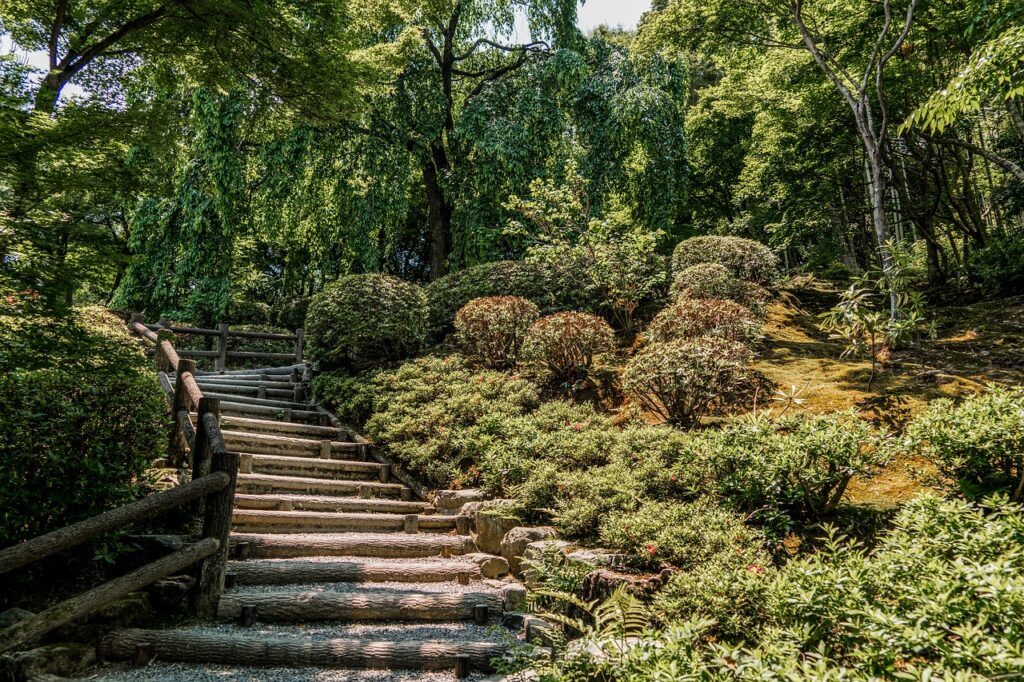
Sometimes soil erosion and water problems like pooling or poor drainage aren’t an issue. And some homeowners are looking for a low-maintenance hillside landscaping option. As a result, homeowners might choose to keep the slope natural.
For example, an easy way to do this and still add color and texture is to plant ornamental shrubs and perennial ground cover. Go with low-maintenance plants since it’s harder to work on a slope. Similar to planting garden beds, taller plants go to the back of the area and shorter ones stay upfront so all plants can be seen.
Working with a hillside instead of terracing it is an option to consider if retaining wall installation is not desired.
6. Add a Destination Worth the Trek
To take things to the next level, add an outdoor entertaining space at the end of the staircase. This could be a deck or patio or even just a small seating area with a firepit. If a water feature is involved, a quaint pond with large rocks surrounded by bright blooms is a gorgeous idea.
Hillside landscapes may be more challenging to design and install upfront. However, the final result is often unique and very visually interesting.
7. Plan a Wandering Path
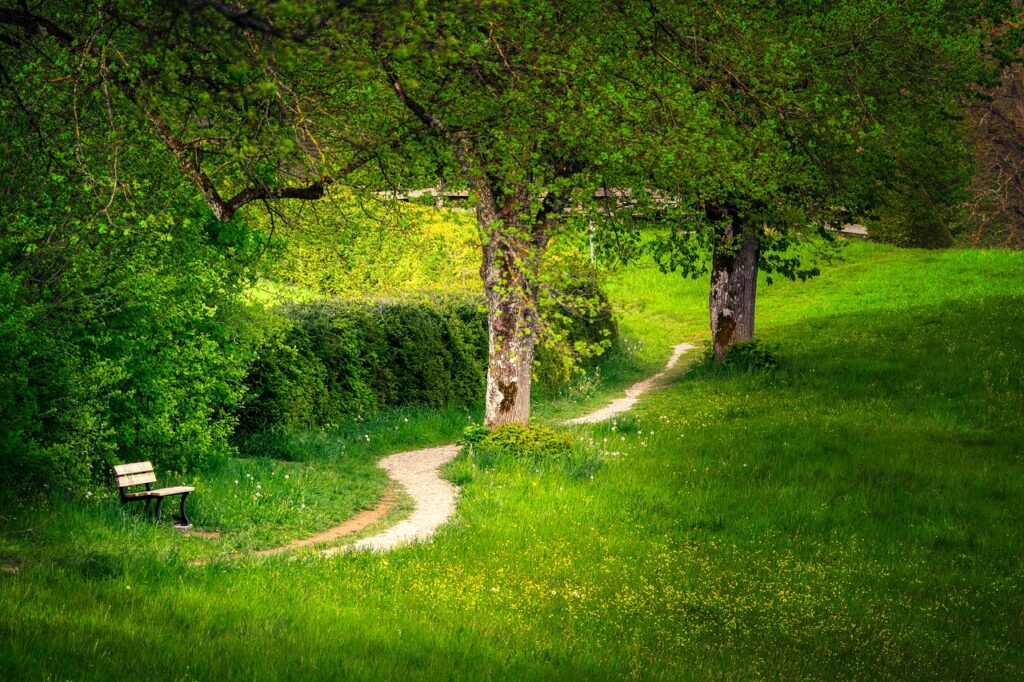
Wondering how to landscape a gently sloping yard? A winding path that meanders along a hillside can be a great way to guide visitors through the yard. Choose large flagstones to create natural steps and break up harsh lines with perennial grasses that curve along the path.
8. Include Raised Garden Beds
Raised garden beds make it easy to grow flowers, veggies, and herbs. Use beds made of the same material to help add harmony and continuity to a terrace. Furthermore, a drip irrigation system and quality topsoil make growing productive annuals easy.
Depending on the height of each tier, vining vegetables like pole beans and snap peas can be trained along the face to add even more productivity. Place plants that will be used most often like herbs and cut-flower beds at the base of the slope for ease of use.
9. Create Seclusion
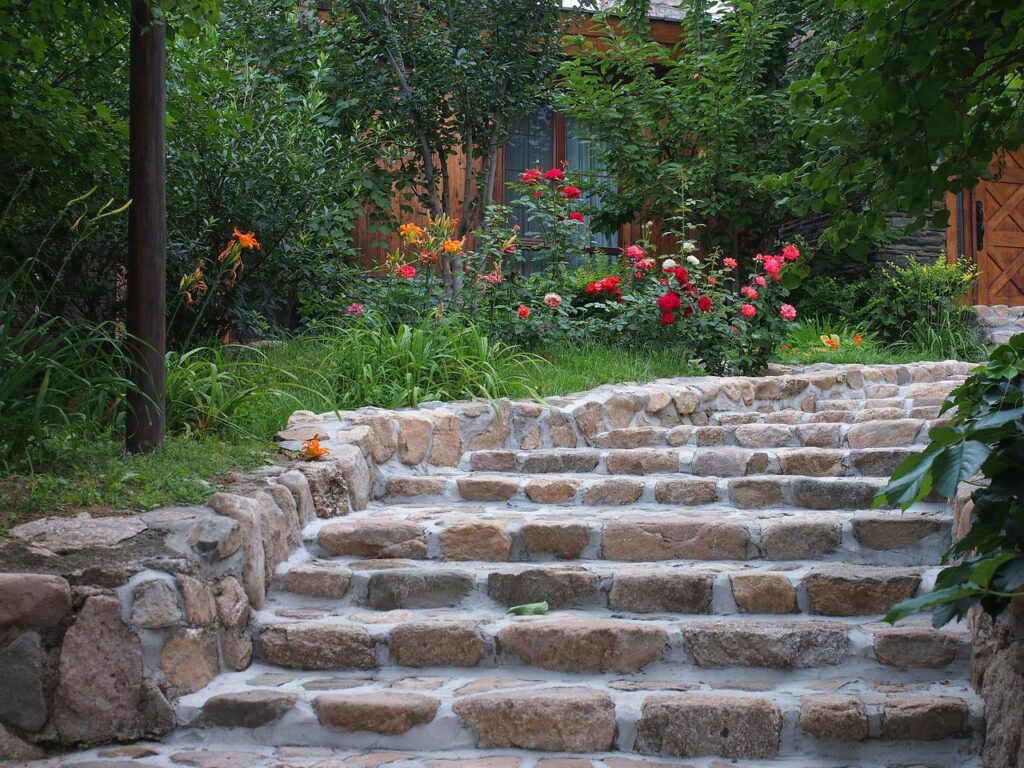
One problem with a sloped backyard is the sense that neighbors may be staring down into it all the time. Consequently, homeowners wonder how to landscape a slope for privacy.
Create some privacy with perennial shrubs and trees to break up the line of sight. For year-round privacy, choose mostly evergreens. Mix in a few deciduous trees with great fall color to make a spectacular view in autumn. Here’s a list of some great options.
10. Choose a Vibe
A slope often makes up a significant portion of the yard. Because of that, the slope sets the tone for the rest of the outdoor space.
As such, homeowners should think about the vibe they wish to create with their landscaping. Should it be rustic and forest-like? A tropical backyard oasis? Chic and modern? A tribute to native plants and sustainable hillside gardens?
This decision informs everything from materials used, plants chosen, and the shapes and angles incorporated into the landscape. Make sure the slope design fits with the desired theme. After all, once the slope is landscaped, most of the work of styling the yard is already done.
Create Living Art in Your Backyard
Here at Atlanta Turf & Tree, we have 35 years of combined experience in the industry and a unique focus on creating lasting landscapes that double as living art. Contact our landscaping services experts to finalize your vision and finally get that landscaping done!



